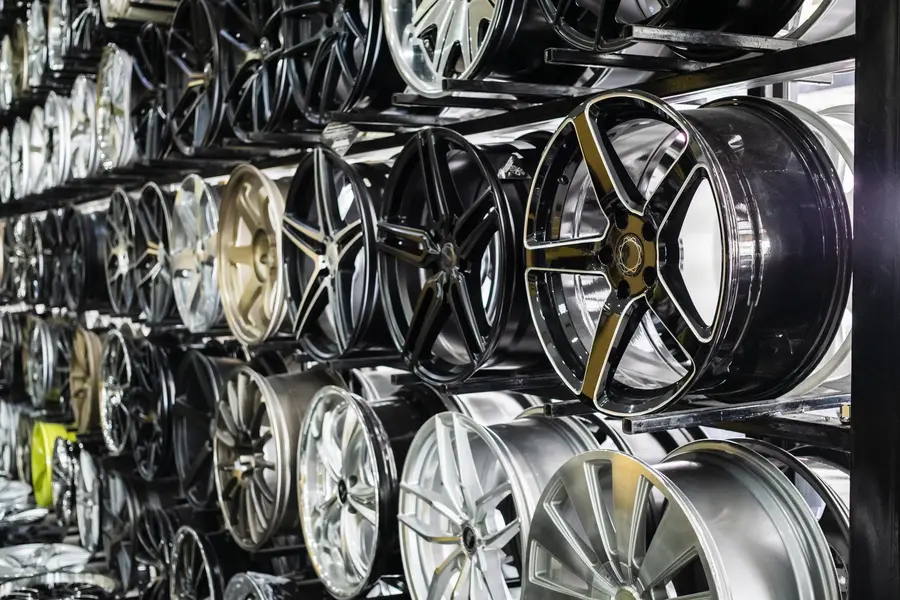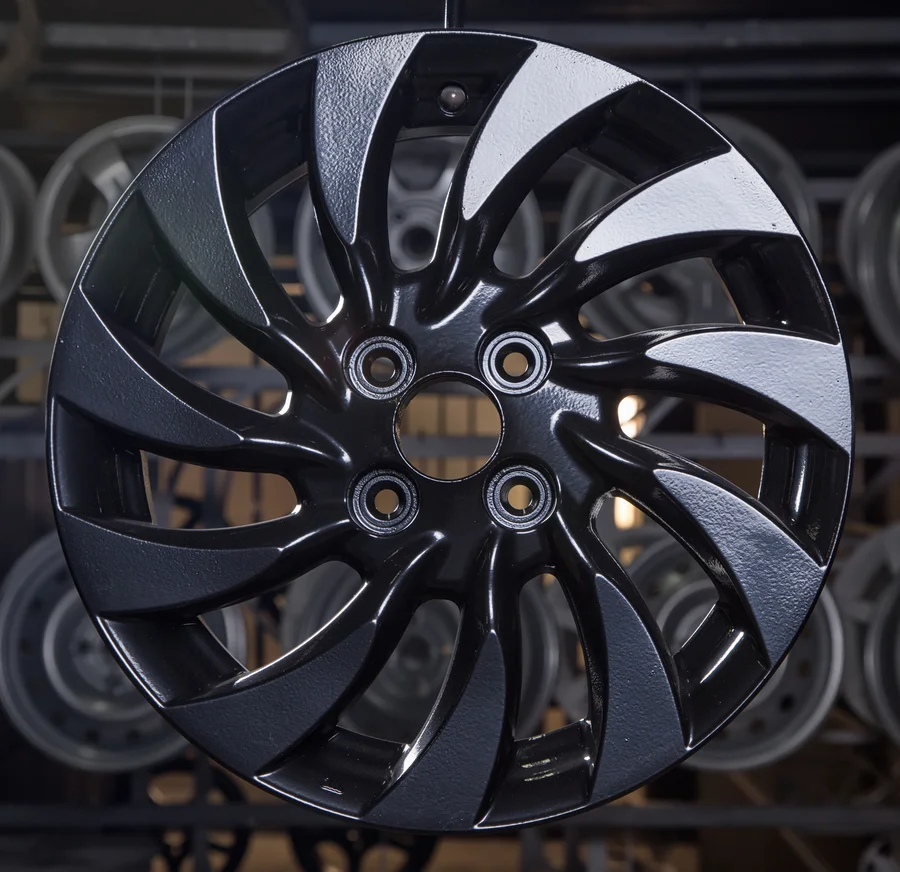How Correct Preparation Leads to Superior Results
When it comes to restoring wheels, preparing the surface properly is key. This step lays the groundwork for a successful finish, ensuring both aesthetics and durability. It involves removing rust, dirt, and old paint to create a clean canvas. Skipping or rushing this process can result in poor adhesion and an uneven finish. By understanding the importance of thorough surface preparation, you can achieve professional results that enhance your vehicle’s appearance and longevity.

The Benefits of Thorough Preparation
A well-prepared wheel offers many benefits. Firstly, it ensures that new paint adheres correctly, preventing peeling or chipping over time. It also contributes to a smoother finish, free from imperfections that detract from the wheel’s look. Additionally, proper preparation extends the life of the refinished surface by protecting it against environmental elements. These advantages highlight why investing time in preparation pays off significantly.
Common Challenges in the Process
One of the main challenges faced during the preparation phase is dealing with stubborn contaminants like tar or brake dust. These substances cling tightly to surfaces and require specific cleaners to remove them completely. Inadequate removal leads to adhesion problems later on. Another issue is addressing physical damage, such as scratches or dents. These need careful sanding or repair before proceeding with wheel refinishing. Understanding these challenges helps in anticipating and overcoming potential hurdles.

Effective Techniques for Optimal Results
Several techniques are essential for achieving optimal preparation results. Start with cleaning the wheel thoroughly using a strong degreaser. Follow up with sanding to smooth out imperfections and create a better surface for new coatings to stick. It’s crucial to choose the right grit sandpaper-start coarse and transition to finer grits for a polished outcome. Next, apply primers that match the material of the wheel, ensuring compatibility and enhanced adhesion. With these steps, wheel refinishing becomes more effective.
Expert Tips for Success
To ensure success, follow best practices used by professionals:
- Invest in quality tools and materials for consistent outcomes
- Don’t rush; allow adequate drying time between steps
- Work in a dust-free environment to avoid contamination
- Regularly inspect the progress to catch issues early
- Consider temperature and humidity levels for optimal curing
The Role of Industry Standards and Requirements
Industry standards guide proper preparation practices. For instance, many automotive sectors mandate removing all previous coatings before applying new ones. This ensures that no weak layers compromise the finished product’s integrity. Adhering to such guidelines not only guarantees compliance but also boosts customer trust by demonstrating commitment to quality.
Understanding Cost Factors
Cost considerations often play a role in deciding how much effort to devote to surface preparation. Quality materials and experienced labor may increase upfront costs, but they usually pay off with longer-lasting finishes requiring fewer touch-ups down the line. Calculating potential savings from reduced maintenance can justify investing more initially in professional-grade services.
Your Path to Outstanding Results
For exceptional refinishing services, contact me at (239) 448-2150. Located in Orlando, FL, I deliver top-tier solutions tailored to your needs. Trust The Wheel Hub for reliable expertise and long-lasting results. Let’s transform your wheels together.